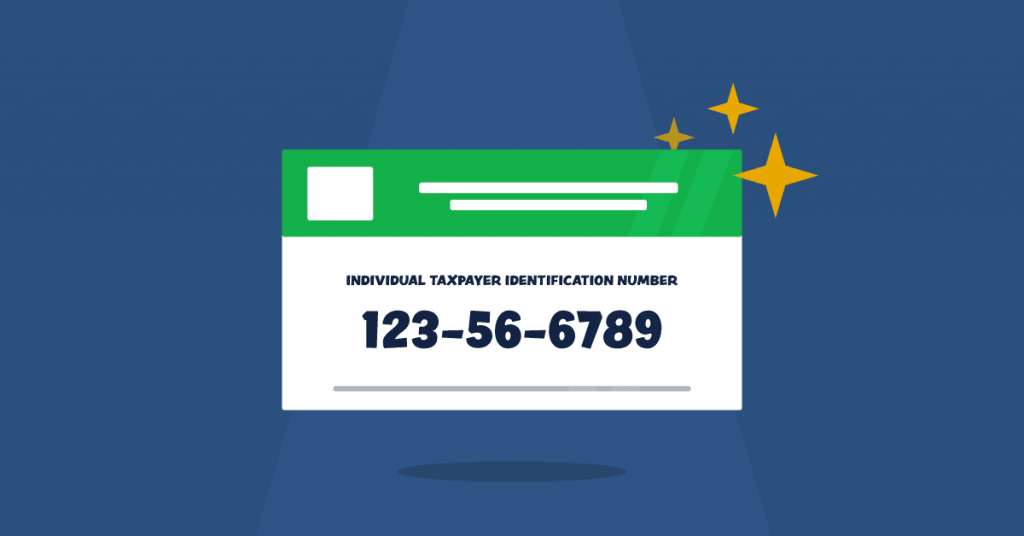ITIN, Explained

Q: Is an ITIN the same as an EIN?
Thank to one of our customers for the great question! The topic of ITINs (Individual Taxpayer Identification Numbers) comes up often with many new business owners—especially those who reside outside the US. Fortunately, it’s not as complicated as it may initially seem. Here’s what you need to know:
What is an ITIN?
An Individual Taxpayer Identification Number (ITIN) is a number issued by the IRS to individuals who need a taxpayer ID and don’t qualify for a social security number (SSN). Most people in the US use an SSN as their taxpayer ID, or to apply for an Employer Identification Number (EIN)—however, SSNs are only assigned to US citizens and those authorized to work in the US.
In short: you’ll need an ITIN if you need to pay taxes and don’t have an SSN—so an ITIN is NOT the same as an EIN. Here’s how it all breaks down:
- ITIN (Individual Taxpayer Identification Number) – issued to non-US citizens (ineligible for an SSN) who must file a US tax return
- SSN (Social Security Number) – issued to US citizens and those authorized to work in the US, and used as an individual tax ID
- EIN (Employer Identification Number) – issued to businesses as a business tax ID (applicants must provide a valid SSN or ITIN, or in some cases a separate EIN)
Why do I need an ITIN?
You will need an ITIN if you do not have US citizenship, and are not authorized to work in the US—BUT you must file a US tax return. According to the IRS, some examples of folks who might need an ITIN include:
- Non-US citizens living outside the US who must file a US tax return
- Non-US citizens who have been in the US:
- At least 31 days of the current tax year
- At least 183 days over the last three years
- Dependents or spouses of a:
- US citizen/resident alien
- Nonresident alien visa holder
- Nonresident alien claiming a treaty tax benefit
- Nonresident alien student, professor or researcher (either filing a return or claiming an exemption)
How do I get an ITIN?
You can apply for an ITIN by submitting Form W-7 to the IRS. This can be done anytime during the tax year, or you can submit Form W-7 with your federal income tax return. Note that you must also submit supporting documentation with your application to prove:
- Identity (i.e. photo ID)
- Foreign status
All applicants must therefore submit two pieces of supporting documentation—unless providing a passport, in which case that one document will suffice. This supporting documentation must either be the original document or a certified copy from the issuing agency.
What documents qualify as proof of identity and foreign status?
According to the “Supporting Documentation” list provided by the IRS’s Instructions for Form W-7, these documents could include:
- Passport
- USCIS photo ID
- Visa (issued by US Department of State)
- Driver’s license (US or foreign)
- Military ID card (US or foreign)
- National ID card (must contain name, photo, address, date of birth, expiration date)
- US state ID card
- Foreign voter’s registration card
- Civil birth certificate
- Medical records (for dependents under the age of 6)
- School records (for dependents/students under the age of 18)
Where should I send my ITIN application?
You can file Form W-7 by mail or in person.
By mail:
Internal Revenue Service
ITIN Operation
P.O. Box 149342
Austin, TX 78714-9342
In person: You can either go to an IRS-authorized Certifying Acceptance Agent or a designated IRS Taxpayer Assistance Center.



